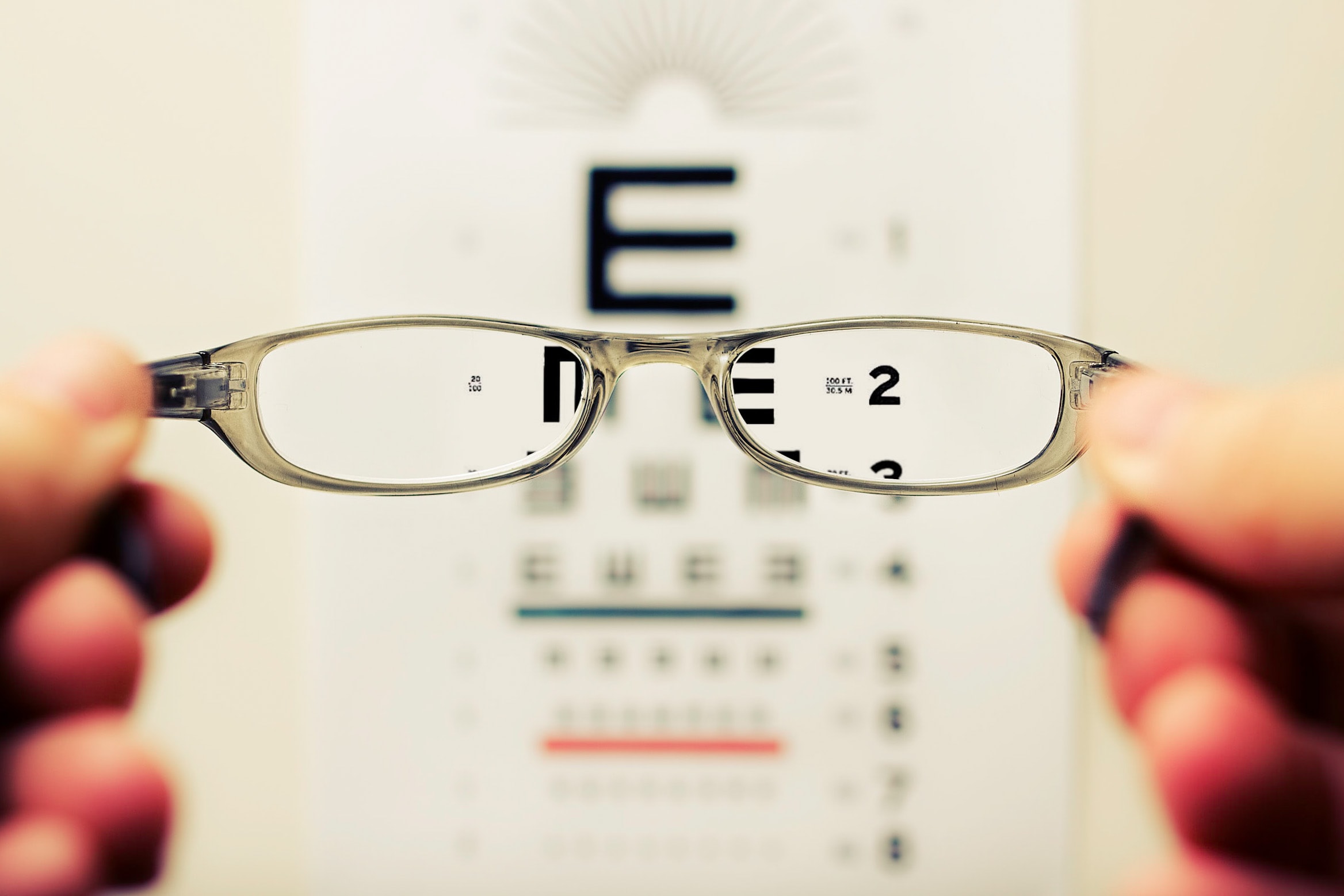 |
Teens between 14-15 years old with higher myopia at baseline progressed the quickest in this study. Photo: David Travis on Unsplash |
A group of researchers based in France recently evaluated a cohort of over half a million adults and teenagers across the country with myopia in order to determine progression trends among the two age groups. They found that the risk of developing high myopia was higher for younger individuals, particularly those with higher myopia at baseline.
The nationwide prospective study included 630,487 patients with myopia over 14 years of age (average age: 43). Data was collected between January 2013 and 2019. The researchers defined myopia and high myopia as a spherical equivalent less than or equal to -0.50D and -6.00D, respectively. At each visit, patients completed refraction tests. They provided demographic and prescription information at baseline. To determine the rate of short-term progression in each patient, the researchers performed an analysis of variance.
Overall, they labeled 7.8% of the total cohort as progressors. Most of these belonged to the youngest age group of patients between 14 and 15 years old (18.2% progressed). In the group of 16- to 17-year-olds, 13.9% progressed over the six-year study period. They also found that rates of short-term progression decreased as patient age increased.
“The mean short-term progression decreased from -0.36D in the 14-15 years age group to -0.13D in the 28 to 29 years age group,” the researchers wrote in their paper. “Young age and higher myopia at baseline together were strongly associated with the risk of developing high myopia, the five-year cumulative risk being 76% for the youngest teenagers with higher myopia status at baseline.”
The researchers also determined that older adults have higher rates of progression than those who are middle-aged, with progression rates in the 65-69, 70-74, 75-79, 80-84 and 85-100 age groups being 11.1%, 12.7%, 12.6%, 10.6% and 12.9%, respectively. However, they noted that teenagers still took the lead with the highest number of progressors in the dataset.
“The highest proportion of progressors was observed when combining younger age and higher myopia at baseline,” they concluded. “Indeed, more than 20% of individuals aged 14-15 years with myopia ≤-4.00D at baseline were progressors.”
More studies on progression trends across the various age groups and baseline levels of myopia will help inform options for timely and effective intervention.
Ducloux A, Marillet S, Ingrand P, et al. Progression of myopia in teenagers and adults: a nationwide longitudinal study of a prevalent cohort. Br J Ophthalmol. December 22, 2021. [Epub ahead of print]. |

